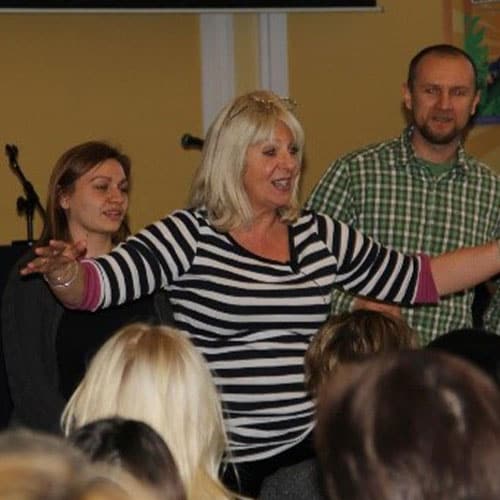What do you think of when you hear the term ‘explorer mindset’?
Many people think that it’s about encouraging children to be interested in learning. To support them when they want to discover new thoughts and skills – and to find things out for themselves.
But we can expand on those thoughts.
Explorers who set off on expeditions have specific goals. They have to prepare physically, mentally and practically. They know where they want to go, even if they don’t know what they will find there. In the process, they stumble and fall and get back up again. And when they finally reach the place they were headed for, they see more opportunities and realize they would like to go even further.
Young people who develop this mindset will always want to learn, discover and keep searching for bigger and better things.
1. Prepare them for the journey
Before setting off on any journey, it’s crucial to have access to the right tools. In our schools, we (usually) have all the books, technology and stationery we need. At home, on the other hand, students might only have the basics. Books and craft supplies might also be seen as messy and something to be tidied away.
Therefore, in our classrooms, we should show our students that materials are always readily accessible. Learners should understand that while everything has its place, we still like to read, write, and make things.
How to encourage reading, writing and creativity:
- Show students what you are reading; the books you have in your bag or tablet.
- Show them your notebooks and other written work.
- Allow time for craft work in the middle of the lesson and leave time to clear up at the end.
- Allocate a ‘messy space’ in the classroom where craft material can be used anytime. We often do this with kindergarten classes; consider continuing it for older students.
2. Focus on the language learning destination
Most of our students will be excited about starting their journey through the English language. Some will be naturally motivated or innately inclined to become fluent speakers, and others will need your encouragement.
As a teacher, you are the primary role model for your students. Your most powerful tool is showing your own enthusiasm for learning through English. Show the children that you want to improve your own English.
Thanks to the power of technology, children have become excellent explorers.
We can now be genuinely surprised about the things they discover on YouTube, Twitch or TikTok – the phrases, ideas or even ‘life hacks’ they share with us in class. We can learn from them too. Real admiration is always more motivating than praise.
How to encourage show and tell in the classroom:
- Allow five minutes for the children to show or tell you new things they have discovered online or elsewhere. Make it a routine with a time limit.
- Help the children find out about the skills their role models have by searching the internet or reading magazines. Seeing what others can do from small beginnings can inspire students to create their own goals.
3. Acknowledge obstacles
We tend to think of obstacles as something we have to conquer and get over. But we can’t always do that. Sometimes we have to stop, retrace our steps, rest, redefine our goals and start again.
As teachers, we know that not achieving what we have set out to do can make us feel incompetent. The same goes for our students. If they can’t do their homework, they may not feel good about themselves and start to invent excuses. We need to set them small, manageable daily goals so that the students can find satisfaction in focused work with a finite outcome.
If they do not achieve those goals, we can reset them in a different way – for example, a writing task could become a speaking task or vice versa. Seeing that we can approach a piece of work from different angles is a life skill for our children. We don’t have to give up; we have to do it differently.
How to help individuals reach their full potential
Give them a homework menu with different tasks done in different ways. This allows them to work to the best of their specific abilities.
For example:
Describe your bedroom. You can…
- write about it
- talk about it
- draw and label it
- take a photo and label it
4. Continue to explore
It sometimes seems that the more we learn, the less we know. As we achieve certain goals, we realize that there are other goals beyond them. Viewed from afar, they might seem, like mountain ranges, impossible to reach. And it’s true. We can’t possibly learn everything. Just as we can accept obstacles as a natural part of life, we can accept limitations.
Instead of feeling inadequate, we can focus on what we have learnt and gradually extend our knowledge and skills. This can be done at any level, and it is rewarding to look back and see how far we have come as explorers of the English language.
Tips for extending students’ knowledge and skills
- Create regular opportunities for the children to demonstrate new knowledge or skills. A bulletin board is a simple way of doing this; children could add a note or a drawing to a topic-based board and read it aloud or briefly explain why they think it is interesting.
- Start or end a school term with simple revision activities and quizzes to help the students feel good about what they already know, however basic.
- Point out the students' less obvious soft skills, such as punctuality, listening to others, or being organized. Reading and writing often dominate school lessons. This helps children realize that other aspects of their skill sets and behavior are recognized and valued.
Encouraging children to develop an explorer mindset helps them feel a sense of satisfaction, that they are responsible for their own education. They are, and will continue to be, the leaders of their own learning expeditions.




